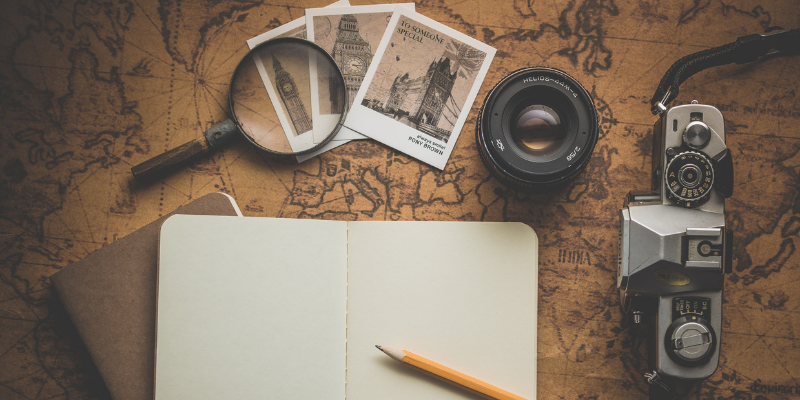Literature has long inspired people to travel. There’s been a fascination with globetrotters and seafarers for ages, especially during a time when travel was not as easy or accessible as it is now. Those who went before us documented their experiences, which served as inspiration to the masses.
In fact, it’s thought that literary tours began in the fifth century B.C. with the Greek writer and historian Herodotus in his work The Histories, which detailed magical accounts of ancient Egypt during the Ptolemaic period. The Histories was so popular during its time that it inspired thousands of Greeks (with the financial means) to visit the shores of the Nile River in search of great wonders.
This trend continued through the 19th-century through the work of iconic literary scholars like Keats, Byron, and Shelley that captivated English-speaking audiences everywhere and brought them in droves to Italy. Ernest Hemingway, another master storyteller, was an icon for inspiring people to travel to far-flung places and experiencing cultures from a local’s perspective. Fascination with his travel lifestyle and work is still alive and well in destinations like Cuba, Spain, and Paris.
Fast forward to 2019 and the fascination with travel has never been stronger than it is now. Although in the digital age, visual inspiration found through social media is the modern comparison to literature that inspired travel in eras past. Yet, despite how beautiful photos of a location may be, they still lack the context and detail about a location, it’s history, culture, and people. In this regard, books are still one of the most important resources when it comes to learning about a country. It’s the reason why libraries dedicate massive sections to history and travel — how else are we supposed to understand where we’re going if we don’t learn about the past? In this context, it’s arguable that a picture isn’t worth a thousand words.
While literary travel tours have become incredibly popular thanks to books like the Under the Tuscan Sun: At Home in Italy, The Da Vinci Code, A Year in Provence, and even the Harry Potter series, you don’t need to set off on a tour that replicates these books to appreciate the impact that literature holds on travel. Simply learning about the history of a location or reading an autobiographical account of life elsewhere are great ways to learn about a destination.
Of course, knowing where to start can be overwhelming. There can be hundreds if not thousands of books of different genres and by different authors about one location. Recognizing the importance of literary travel and how difficult it can be to simply choose a book, CarRentals created this interactive literary guide that details books to explore sovereign nations around the world. It’s essentially a mini library, compiled in one world map. All you need to do is click on a country of interest and a short list of top recommended reads will populate.
Whether you have a serious case of wanderlust or simply wish to armchair travel, there’s no better place to start than by using this literary map — a perfect introduction to literary travel and learning about the diverse world we live in. Use this guide to curate your summer reading list and crack open the pages of these incredible resources. Perhaps some will even inspire you to set off on a literary travel adventure of your own.

